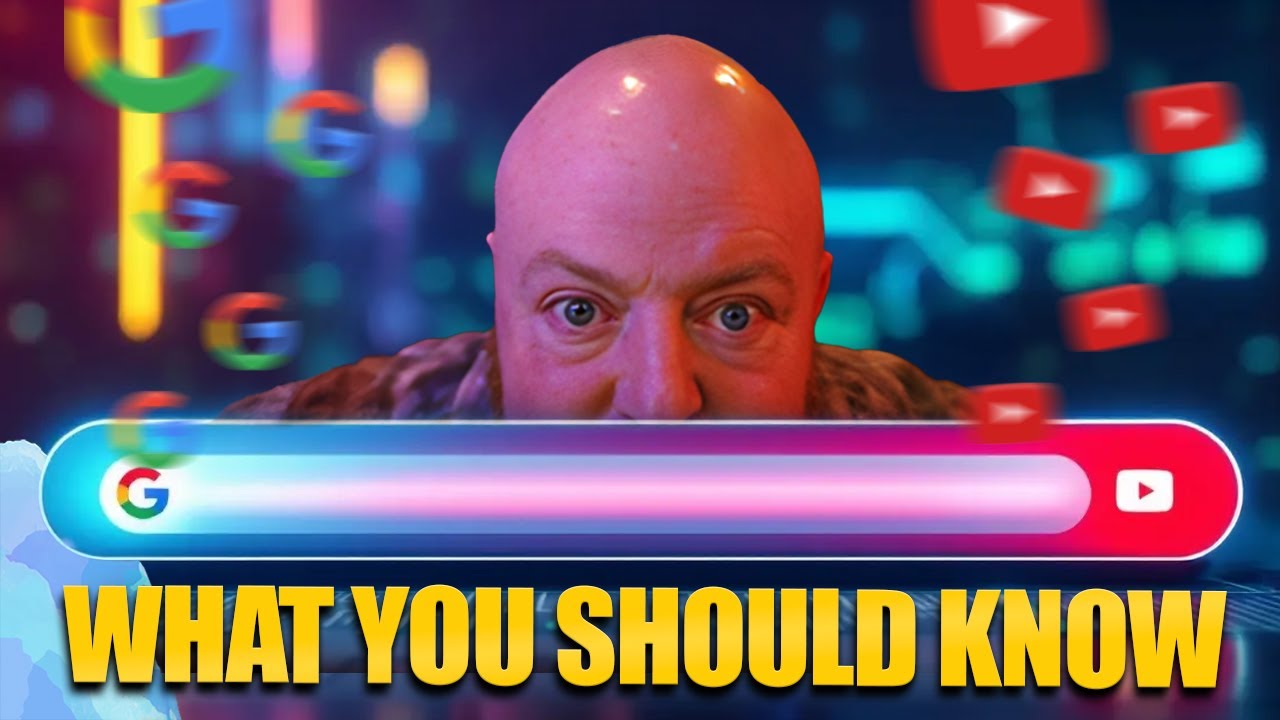Building a coaching business is a journey that unfolds over time, with distinct phases that each aspiring coach must navigate. Whether you’re just starting out or looking to scale your existing business, understanding these phases can help you progress more smoothly and effectively.
The Three Phases of Building a Coaching Business
-
Phase 1: Training and Certification
Before you can begin coaching, it’s essential to be trained and certified. This foundational phase is about acquiring the necessary skills and credentials to be a credible coach. While I’m not an expert in this area, I can recommend Brooke Castillo, a renowned figure in life coaching. Her coaching model is exceptional, and her program could be a great start, even if you’re considering other coaching niches. This phase can take anywhere from a year to several years, depending on the program and your commitment. -
Phase 2: Getting Your First Clients
Once you’re certified, the next step is to start working with clients. This phase is about transitioning from theory to practice. Initially, you might offer your services for free or at a lower rate to build confidence and gain testimonials. It’s crucial to focus on selling outcomes rather than just the coaching process. People are interested in the results they can achieve with your help, not just the sessions themselves. Start by offering outcome-based coaching to a few clients. As you help them achieve their goals, you’ll gather valuable feedback, build a portfolio, and create a track record of success. This phase typically takes a few months as you refine your approach and develop your coaching practice. -
Phase 3: Scaling Your Business
Scaling your coaching business involves expanding your client base and enhancing your lead generation efforts. Many coaches, myself included, are not naturally inclined towards sales. However, the good news is that you don’t have to adopt a hard-sell approach. Instead, think of sales as a consultative process, similar to a doctor diagnosing a patient. A successful strategy session with potential clients involves five key steps:-
Understand their current struggles: What have they tried so far?
-
Identify their goals: What do they want to achieve?
-
Acknowledge the gap: How far are they from where they want to be?
-
Assess their commitment: How important is it for them to close that gap?
-
Present your solution: If your program aligns with their needs, explain how it can help them achieve their goals.
-
-
This phase is where you’ll start seeing your business grow, and one powerful tool to help with that growth is YouTube. By leveraging a strategic approach on YouTube, you can attract leads who are actively searching for your expertise. With consistent effort over a few months, you’ll begin to see a steady stream of leads coming in, helping you scale your business further.
A 9-Step YouTube Strategy to Attract Leads
To maximize your impact on YouTube, follow these nine steps:
-
Identify the questions your target audience is asking. People are searching for answers that you can provide. Find those questions and create content around them.
-
Create 10-12 minute videos. This length is optimal for educational content on YouTube, allowing you to provide in-depth answers without losing your audience’s attention.
-
Craft a compelling introduction. Hook your viewers right from the start to keep them engaged throughout the video.
-
Deliver valuable content. Focus on educating, not selling. Provide insights that address your audience’s questions.
-
Include a call to action. Whether it’s a free resource or a way to join your email list, make sure to guide viewers on what to do next.
-
Design eye-catching thumbnails. Your video’s thumbnail is the first thing viewers see, so make it stand out.
-
Use the right title. The title should reflect the question your video answers, making it easy for people to find.
-
Build your email list. The ultimate goal is to convert viewers into email subscribers, where you can nurture a deeper relationship.
-
Focus on email engagement. Unlike platforms like YouTube, where content can be fleeting, an engaged email list is a long-term asset for your business.
Building a coaching business takes time, but by understanding and mastering each phase, you can set yourself up for long-term success. Whether you’re just starting out or looking to scale, following these strategies will help you grow your business steadily and effectively.





